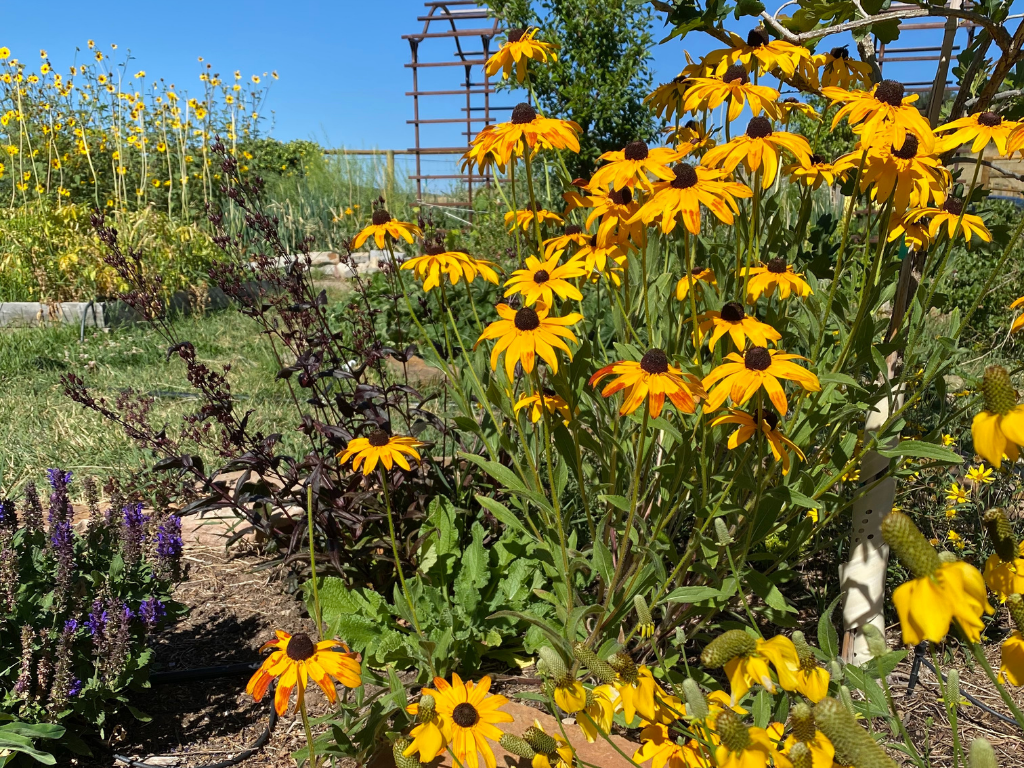SEPTEMBER 13, 2019 BY
Thousands of trees on Mount Werner turned red in 2017 as mountain pine beetles devoured them. As the epidemic declines, so too has public fears about the impacts of invasive insects, according to a recent study funded by the National Science Foundation.
File photo/Matt Stensland
STEAMBOAT SPRINGS — In a recent study, researchers found that Routt County residents, as well as people across Colorado, are generally less concerned about the scourge of one of the state’s worst insect epidemics.
Since 1996, the mountain pine beetle has affected more than 3.4 million acres of Colorado forests. The insect’s numbers have declined in recent years and, along with it, the fears of their effects, according to the two-year study funded by the National Science Foundation.
During a forum-style presentation Thursday at Colorado Mountain College Steamboat Springs, a researcher from the University of Colorado Boulder involved in the study sought feedback on her findings from a group of about 10 community members, many of them involved in forest management.
Jamie Vickery, who contributed to the study as a postdoctoral researcher, asked more than 1,000 people in nine Colorado communities that were among the worst-affected by pine beetle destruction last year. Other towns included Walden, Breckenridge and Silverthorne, where swaths of lodgepole pines turned dying-red, then dead-gray as the beetles ate through them.
She asked people to measure their concern, on a scale of one to five, with five being the most concerned, about particular forest risks to their community as a result of the pine beetle. A 2007 study had posed the same question to people in the same nine towns, which gave her an opportunity to assess risk perception over time as the epidemic faded and the public purview switched focus to other crises, such as drought.
In 2013, an annual forest health report from the U.S. Forest Service and the Colorado State Forest Service showed the pine beetle epidemic was slowing in the state, mostly because the pests had devoured so much of their food supply.
What most interests Vickery, and what drew her to this research, is the social aspect of disasters — how people perceive things like hurricanes and diseases and what causes those perceptions to change.
Vickery found that people in 2007 were, in general, much more worried about how the beetles could cause a loss of scenic qualities, tourism and community identity in their towns, as well as impacting property values.
“While it was a very scary experience to go through and there was a lot of anxiety, these effects have not played out to the scale or in the ways that people thought they would,” Vickery said of the findings.
People tended to feel more worried about the epidemic when its affects were most visible, such as when trees turned red.
“Levels of concerns and public interest decreased as trees turned gray,” she said.
Respondents also said they felt much less grief and sadness about the beetle outbreak last year than in 2007. This suggests that the more time that passes after a typical disaster, the less visceral its devastation becomes.
Some in the audience speculated that, if people continue to perceive less of a risk in pine beetle outbreaks, a general apathy toward the insects could cause a repeat of the epidemic.
“It’s a little bit of a recipe for unpreparedness,” said Dr. Nathan Stewart, a professor of sustainability at Colorado Mountain College.
At the same time, people in the study reported feeling more supportive of forest management efforts, especially mitigation projects, than a decade ago. Respondents said they have more confidence in the U.S. Forest Service than in 2007.
Carolina Manriquez, a forester with the Colorado State Forest Service who attended the presentation, burst out laughing at those findings. She said, somewhat jokingly, she found it surprising more people supported the work of forest agencies, which often get criticized for historically mismanaging forests.
Later, during an informal discussion with Vickery and the other audience members, Manriquez acknowledged she has seen more community support for proactive measures in maintaining the health of the state’s forests. One example was the first Routt County Wildfire Mitigation Conference, held in May, which drew a crowd of about 100.
“There is a lot more interest and a lot more acceptance of the work we are doing,” she said.
This makes her optimistic about the future of forests in Steamboat and across the state, despite the lack of concern for pine beetles, specifically.
“When you look out our window, we have aspens, we have pines and other species,” she said. “Although there is tons that is dead, there is a lot that is alive and there is a lot that is coming back.”
To reach Derek Maiolo, call 970-871-4247, email dmaiolo@SteamboatPilot.com or follow him on Twitter @derek_maiolo.




